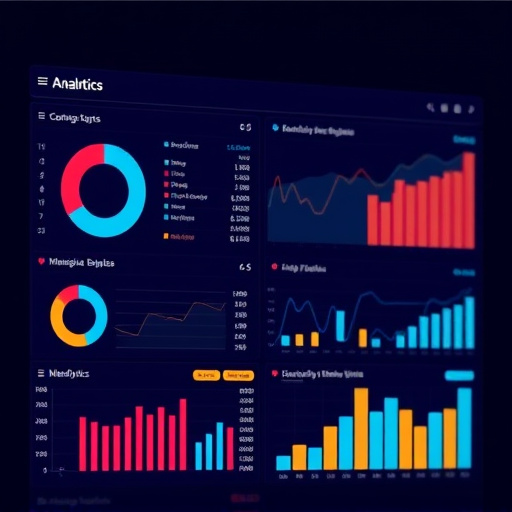Discover Affordable Full Vehicle Wrap Options Near You

In a competitive market, cost-effective full vehicle wraps are in demand. Modern technologies like p…….

In a competitive market, cost-effective full vehicle wraps are in demand. Modern technologies like p…….

Partial vehicle wraps provide a cost-effective way to enhance aesthetics and protect vehicles. Ideal…….

DTF Transfer Gang Sheets revolutionize printing by streamlining data transfer, simplifying design pr…….

Usability testing is a key step in web design services, focusing on user feedback to enhance website…….

Mastering basic SEO principles is crucial for enhancing WordPress website performance and attracting…….

Website speed optimization is vital for providing seamless user experiences on mobile devices in tod…….

Comprehensive website SEO analysis optimizes content for search engines and user engagement. Mobile-…….

A skilled website designer in Davie, FL, is vital for local businesses to thrive online. They create…….

A skilled website designer in Davie, FL, or South Florida creates e-commerce sites that resonate wit…….